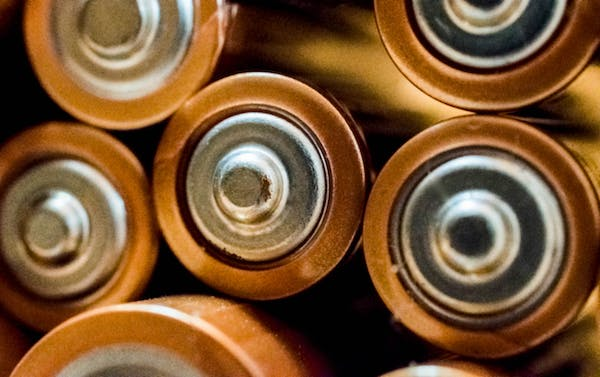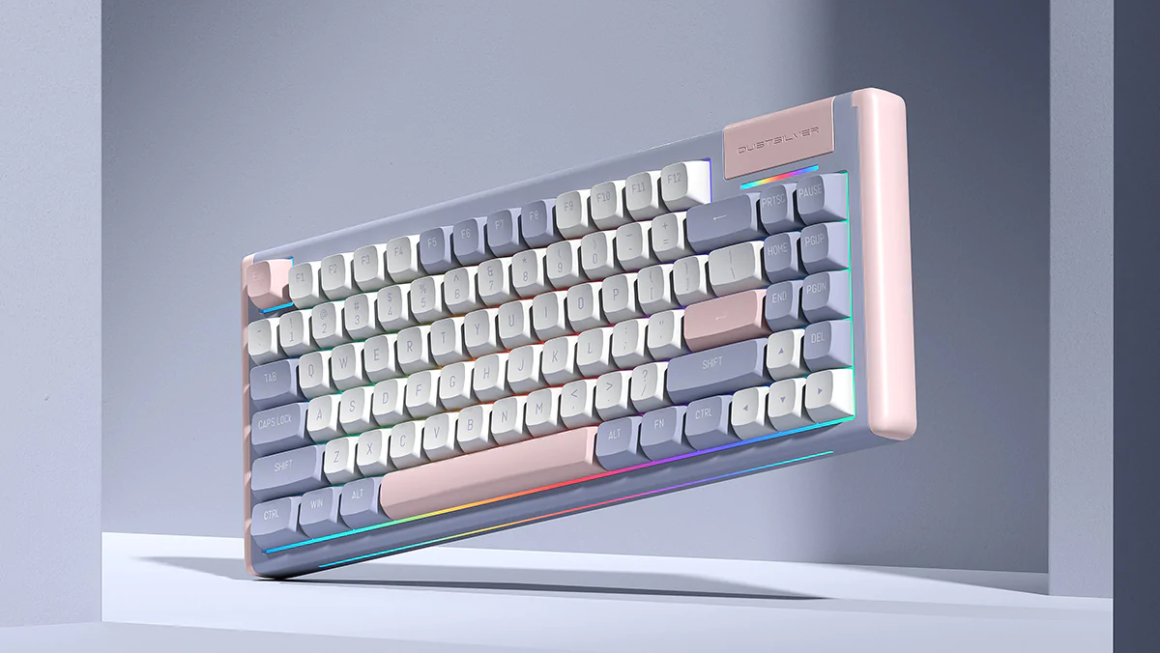Lithium batteries are, without a doubt, the most common rechargeable battery type for consumer gadgets. They are used in many things, from cell phones to cars, and they are better than other rechargeable batteries. This article will tell you more about the best things about lithium batteries and why they are a great choice for your devices.
Smaller, Lighter, And More Flexible
Lithium batteries are between 40% and 60% lighter and take up 40% less space than other batteries. It means the power density is very high, meaning less room is needed to get the same amount of power. This space-saving feature makes it easier and gives you more options to set up your UPS and batteries.
There’s no need for expensive building reinforcements like the ones that VRLA batteries need. When UPS systems take up less space, there is more room for activities that bring in money. In lithium batteries from Chinese lithium battery companies, electrodes are often used. Lithium and carbon are both light on their own, so when they are put together, they make much smaller and lighter batteries than their older counterparts, like lead-acid batteries. For comparison, a typical 51Ah (Ah = ampere-hour) lithium-ion battery weighs about the same as a 24Ah lead-acid battery (about 6-7 kg), but it has more than twice the capacity.
This feature of lithium-ion batteries is especially useful in headlamps because it lets us increase the light output and run time without making the battery pack bigger and heavier.
High-Temperature Resistant And Low Toxics
Lithium batteries can work fine at temperatures up to 104°F without losing power. It is a clear advantage of this battery technology over VRLA batteries, which yield about half their life for every 15°F temperature rise above 77°F.
Since lithium-ion batteries can work in a wide range of temperatures, they are useful in extreme, non-traditional, and places that don’t have enough space for cooling. For example, lead-acid and nickel-cadmium (NiCd) batteries have much higher levels of toxic heavy metals than lithium-ion batteries. Cadmium, lead, and mercury have been used in batteries for a long time, but long-term exposure to these metals and improper disposal are bad for people, animals, and plants. Even though Lithium batteries are safer than many other types, they still need to be recycled in the right way.
Faster Charge And Low Rate Self-Discharge
UPS batteries are charged as quickly as possible until they are at full power. Lithium batteries only take 2 to 4 hours to charge from empty to 90% of their full capacity, while VRLA batteries can take over 12 hours. That makes it less likely that your power will go out before your UPS batteries are fully charged. Numerous sectors have benefited greatly from cutting-edge lithium battery technology. Lithium is a must-have for protecting your most important operations, especially in an injection mold factory, and lowering operational costs.
Additionally, lithium batteries have a comparatively low rate of self-discharge. It occurs when chemical reactions lower their capacity, even when they are not in use. The self-discharge rate for lithium-ion batteries peaks at approximately 5% within 24 hours after charging and gradually decreases to 1% to 2% each month. Nickel-based rechargeable batteries lose around 10-15% of their capacity after each charge and an additional 10-15% per month.
Low Maintenance And Low-Cost Ownership
Older rechargeable batteries, such as nickel-cadmium or nickel-metal hydride batteries, had a “memory effect” or “lazy battery effect.” If they were repeatedly partially discharged before recharging, the battery would only deliver the amount of energy used during the partial discharges before its voltage dropped. Lithium batteries are not suffering from the memory effects. Thus they always release every last bit of power when working in machinery like attached underground valves. You can recharge it regardless of whether they’ve been depleted to 100 percent or 25 percent of its capacity with no maintenance required. Moreover, in terms of the total cost of ownership (TCO), lithium batteries can save up to 50 percent during their lifespan. It is primarily owing to their longer longevity, resistance to high temperatures, lower maintenance costs (requiring fewer or no battery replacement), and lower installation costs.
More Charge Cycles And Advanced Battery Management
Approximately 1000 full charge cycles are high-quality lithium batteries’ average lifespan. A full charge cycle occurs when the battery is emptied to empty and recharged to full, so discharging your battery to 75% capacity and restoring it does not constitute a full charge cycle. Once your battery has been fully refreshed, you can use the remaining 75% of its power; only then has your battery completed a complete charge cycle. An advanced integrated battery management system is standard on lithium-ion batteries (BMS). It accurately assesses the battery’s health and runtime and protects the battery cells from excessive current, temperature, and overcharging or undercharging.
Conclusion
Lithium batteries have undeniable advantages compared to other types of batteries, including increased discharge and charge efficiency, a longer lifespan, and the ability to keep power during severe cycling. Due to their properties, lithium batteries and cells are more suited for certain uses than others. Understanding the advantages of lithium batteries and what they can provide for your gadgets is essential.



